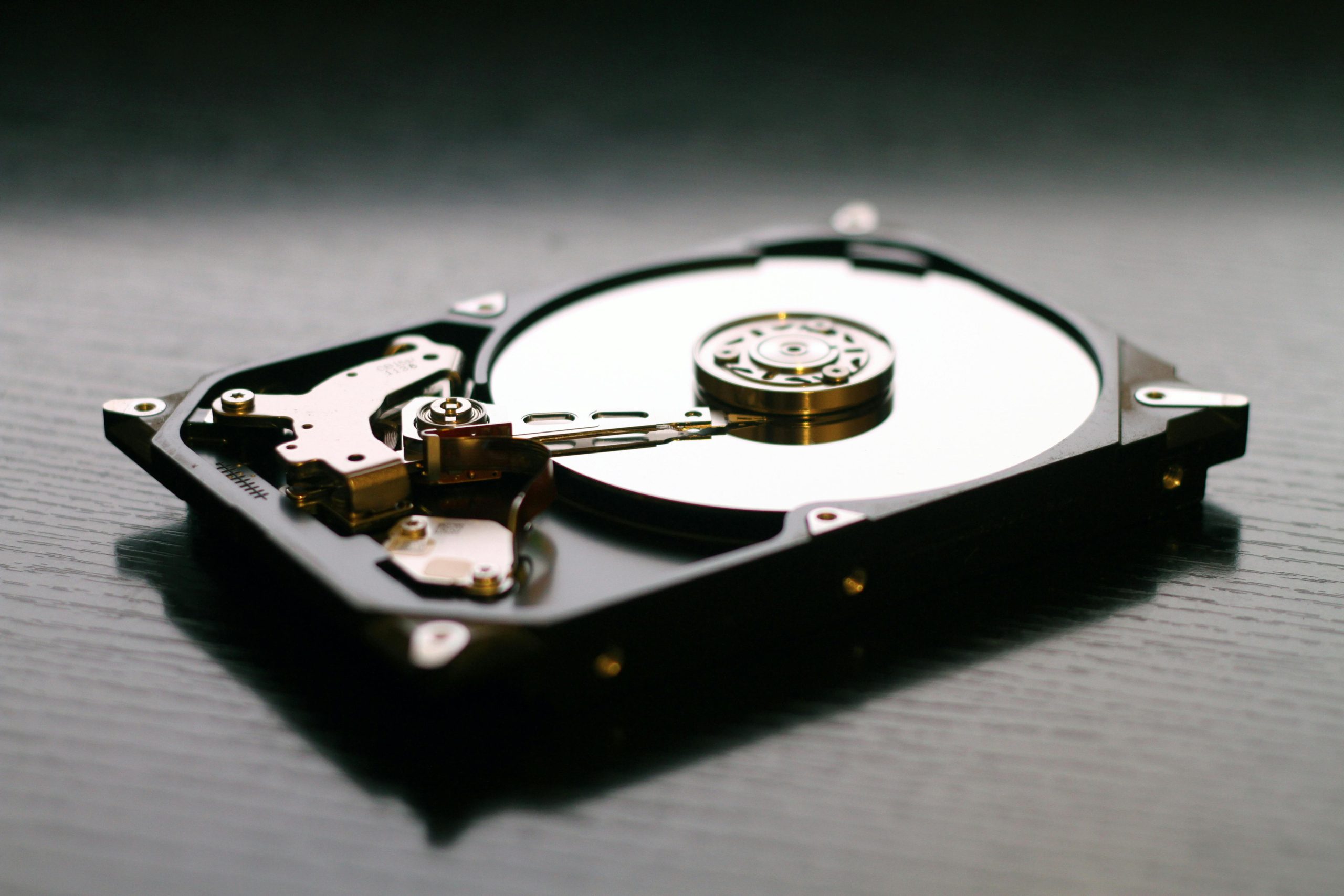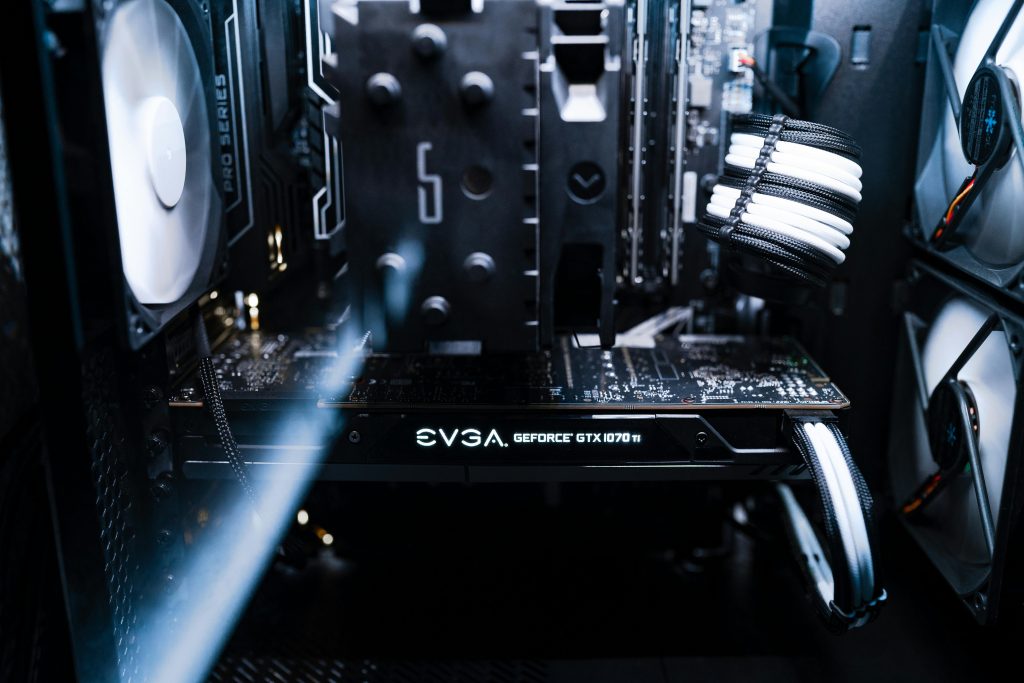Troubleshooting Unallocated Internal HDD on Windows: A Guide for Users
Experiencing issues with your internal hard drive can be frustrating, especially when the drive appears online but remains unallocated. If you’ve encountered a similar situation where your Disk Management shows your HDD as “Online (Unallocated)” and standard solutions haven’t resolved the issue, this guide is here to help.
Understanding the Issue
In Windows’ Disk Management utility, a disk that shows as “Online” but “Unallocated” indicates that Windows recognizes the physical drive but does not recognize any partition data on it. This situation can arise due to various reasons, including drive corruption, partition table issues, or improper disconnection.
Common Troubleshooting Steps
- Check for Disk Initialization Options
Typically, when a new disk is connected, Windows prompts to initialize it. If this prompt doesn’t appear, you can attempt to initialize the disk manually:
- Open Disk Management by right-clicking on the Start menu and selecting “Disk Management.”
- Locate the affected disk (e.g., Disk 0).
-
Right-click on the disk label (e.g., “Disk 0”) and look for the option “Initialize Disk.” If this option is absent, proceed to the next steps.
-
Use Diskpart Utility
Diskpart, a command-line utility, can help identify and fix partition issues:
- Press Win + R, type
diskpart, and press Enter. - In the Diskpart window, type:
list disk
to list available disks and identify the affected one.
- Select the disk:
select disk 0
(replace 0 with your disk number).
- To check for partitions, use:
list partition
If no partitions are listed, you may need to create a new partition.
- Create a New Partition
If the disk shows as unallocated and uninitialized, and no important data is on the drive (or data has been backed up), you can create a new partition:
- Right-click on the unallocated space in Disk Management.
-
Select “New Simple Volume” and follow the wizard to format and assign a drive letter.
-
Data Recovery Considerations
If the drive contains important data, avoid formatting or partitioning immediately. Instead, consider using data recovery tools or consulting professional data recovery services before proceeding.
Hardware and Compatibility Checks
Given the system specifications—Seagate
Share this content:



